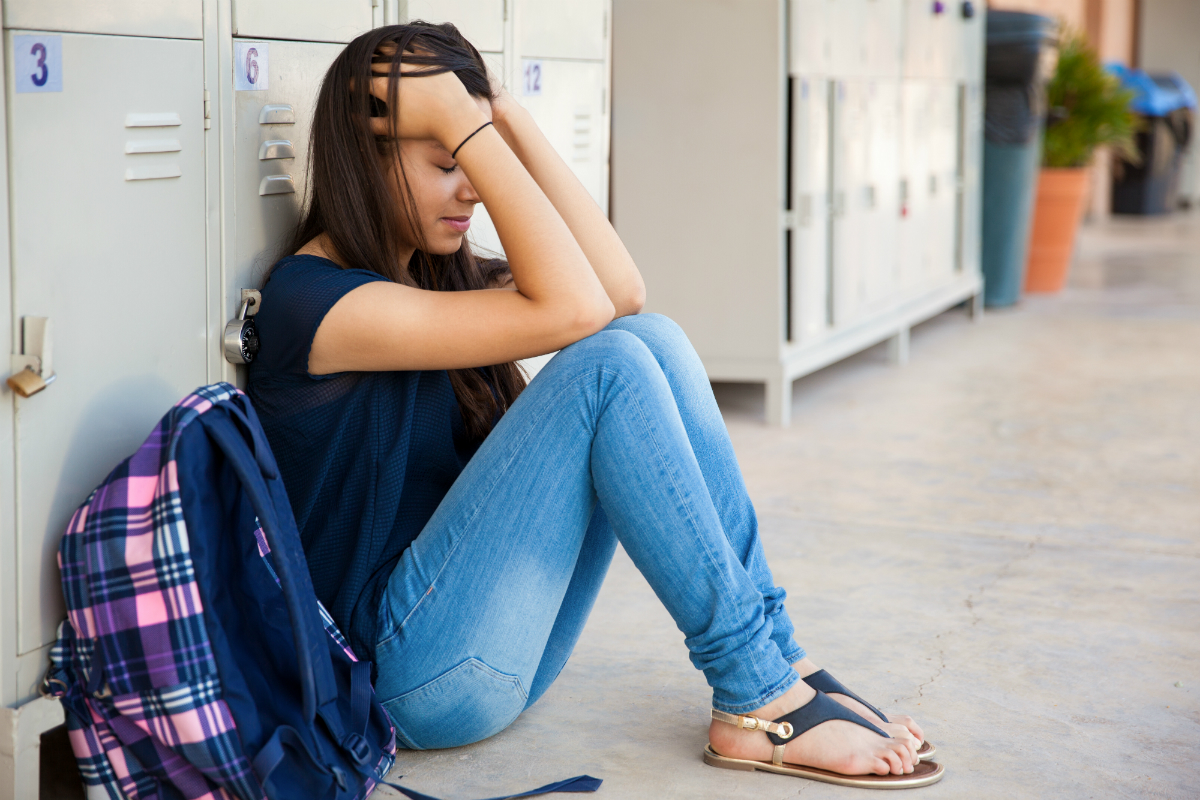Providing students with safe and healthy learning environments is undoubtedly a priority for education leaders, but there are differing opinions on how to reach that goal.
The Learning Policy Institute’s August report Safe Schools, Thriving Students: What We Know About Creating Safe and Supportive Schools considers the prevalence and effectiveness of various school safety measures, offers strategies to build supportive school communities and gives policy and practice recommendations for states and local educational agencies.
In addition to school shootings, students face physical safety threats such as sexual assault, robbery, threats of violence and physical attacks and fights. Acts of violence can have long-lasting impacts on young people’s engagement and mental health in addition to the potential to increase the likelihood of drug use and risk of suicide.
Safety strategies
The most common approaches to increasing physical safety are increasing security and building supportive school communities, the report found.
Though no studies exist to prove the impact of these strategies, controlling access to school buildings and providing badges to staff and visitors as well as utilizing security cameras are commonly used safety methods. Metal detectors are more scarcely used and there is little evidence about their effectiveness or to support expanding their use.
Research indicates that the presence of school resource officers (SROs) “has limited effects on school safety and can lead to negative student outcomes,” according to the report. “The largest, most rigorous study of SROs found that their presence increased the number of weapons detected and decreased the number of fights within schools but had no effect on gun-related incidents,” the report continues. “However, the presence of SROs was associated with increased prevalence of suspensions, expulsions, police referrals, and student arrests — all of which can have long-term negative impacts on students by increasing disengagement, dropout rates, and incarceration. These effects were consistently larger for Black students and students with disabilities.”
While some states consider arming school staff, LPI researchers found no evidence that it would be an effective safety strategy.
Recommendations
The report details strategies to build supportive school communities to deter acts of violence including providing mental health supports, incorporating social and emotional learning, using restorative practices and establishing structures that support positive developmental relationships.
It also lists research-backed policy and practice recommendations for states and LEAs. Investments in the following areas have been proven to support school safety:
- Increasing student access to mental health and counseling resources.
- Investing in integrated student support systems and community schools to connect students and families to critical resources.
- Adopting structures/practices that foster strong relationships.
- Investing in restorative practices and social and emotional learning.
- Preparing all school staff to better support student well-being.
- Incorporating measures of school safety and student well-being in state and federal data collection.
- Conducting equity reviews of school safety measures and their impact on discipline outcomes.





